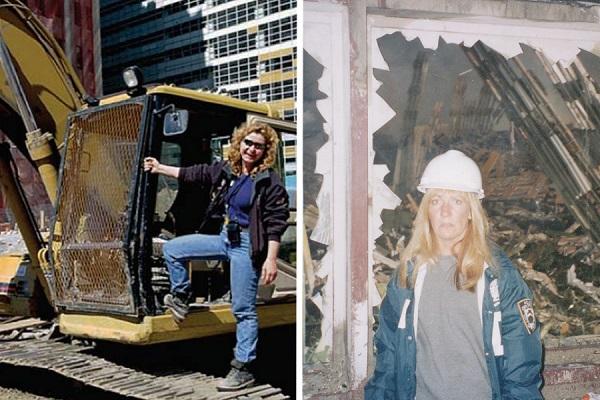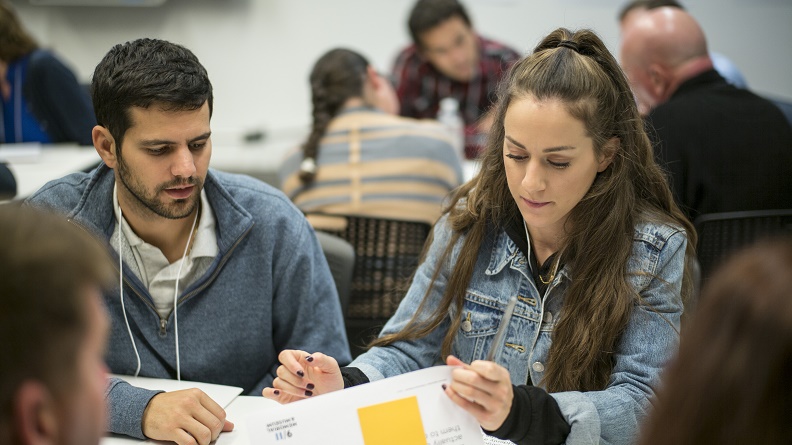Make a donation to the museum
The Bamiyan Buddhas and the Role of Cultural Heritage in Afghanistan Peace-Building
The Bamiyan Buddhas and the Role of Cultural Heritage in Afghanistan Peace-Building
Last week, the 9/11 Memorial & Museum welcomed Dr. Morwari Zafar, an anthropologist with experience in international development and national security, and currently an adjunct lecturer at Georgetown University’s Security Studies program, to discuss the role cultural heritage plays in Afghanistan’s nation-building up to and following the destruction of the Bamiyan Buddhas 20 years ago.
The Bamiyan Buddhas, two treasured symbols of Afghanistan’s pre-Islamic heritage, were demolished by the Taliban in March 2001. In conversation with Clifford Chanin, executive vice president and deputy director for museum programs, Dr. Zafar examined the legacy of these Buddhas, the sociopolitical significance of cultural heritage and how it is tied to memory and power, and the role of cultural heritage in peace-building in Afghanistan now.
In the clip below, Dr. Zafar provides context as to why the Buddhas of Bamiyan became a target of Taliban destruction.
alt
“When the Taliban came about in the early nineties, they had a very specific agenda, right? It was the creation of an Islamic emirate that was consistent with the laws of Sharia, one of which stipulates that there can be no art in the form of the image of man, right, as god had created. And, so, the buddhas exemplified that. They were not only, you know, built in the image of man but also of an entirely different religion that belied every tenet of Islam. So, in that sense, it was very clear that those things had to be removed, or had to be destroyed, to be able to create a very consolidated Islamic emirate and to reshape Afghanistan’s identity in the meantime.”
For more public programs like these, please visit our past program archive or check 911memorial.org/programs to learn of forthcoming programs.
By 9/11 Memorial Staff
Previous Post
Remembering the Women of Ground Zero

Among this diverse league of dedicated women involved in the rescue and recovery efforts, today we share but four, whose stories and experiences have been captured in the 9/11 Memorial Museum’s collection.
Next Post
New Partnership with Share My Lesson Gives Educators Access to Free Online Resources

The 9/11 Memorial & Museum’s Education Department is pleased to announce a new partnership with Share My Lesson, a free lesson-sharing website funded by the American Federation of Teachers (AFT).